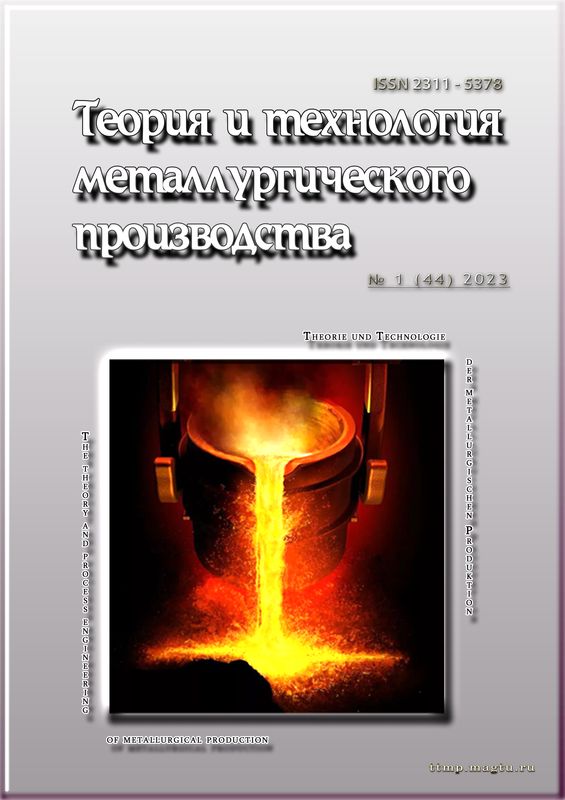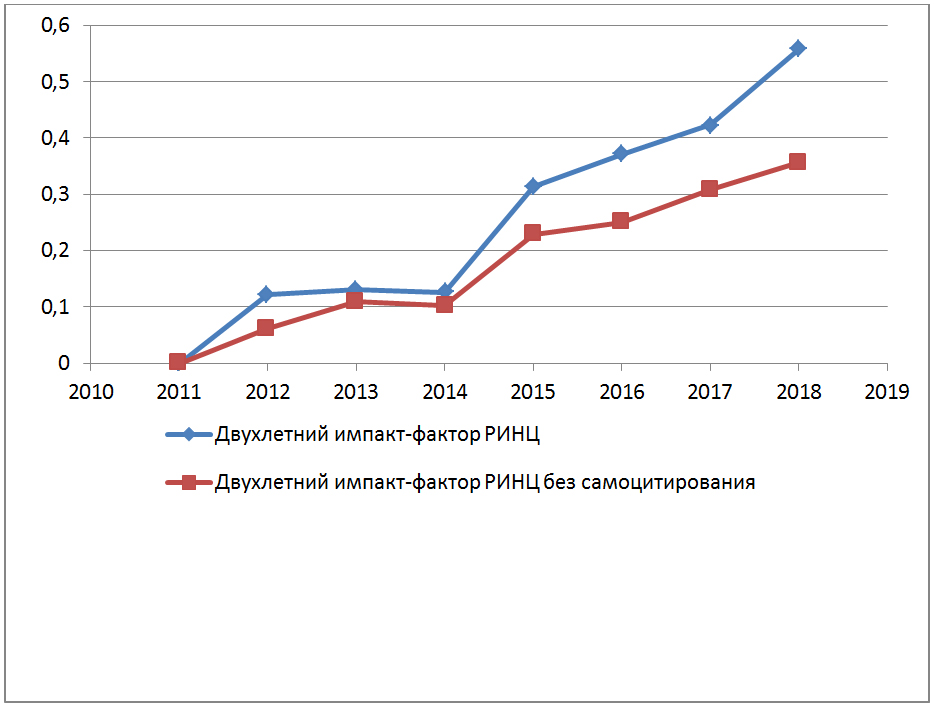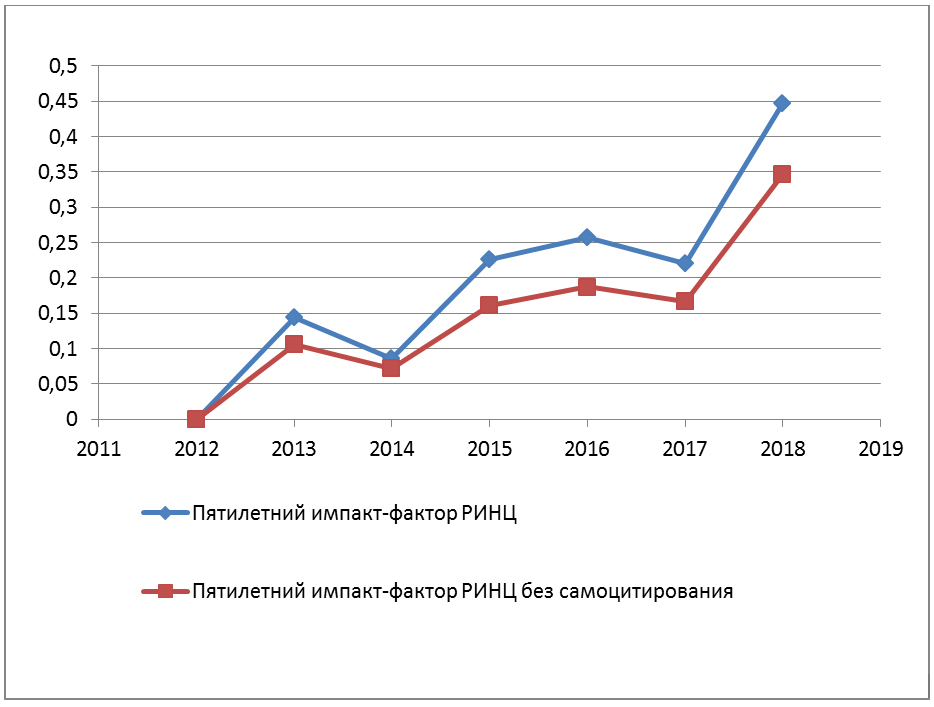Abstract
A model of temperature change of strips made of carbon and low-alloy steel in the line of hot-rolling strip mill (HSRM) has been developed. In order to improve the accuracy of metal temperature forecasting at the control sites, the model is made up of known equations, which are selected depending on the values of signifi-cant factors of the process. The quality of the model was assessed for randomly selected variants from the practical data set at HSRM 2000 of Magnitogorsk Iron and Steel Works. At that, along with absolute deviations and relative errors, the indicator "model effectiveness" was applied. The relative error of the prediction of the end-rolling temperature in the roughing stands ranged from -2.1 to +3.0 %, which means absolute deviations from -23 to +31 °С. The relative error of the prediction of the end-rolling temperature in the finishing stands ranged from -4.8 to +9.1 %, which means absolute deviations from -40 to +80 °С. At the same time, an model effectiveness evaluation showed that 82.2% of the predictioned end-rolling temperature in the roughing stands and 84.9% of the predictioned end-rolling temperature in the finishing stands are in the 20 °С range relative to the actual values.
Keywords
Hot strip rolling mill, carbon steel, low-alloy steel, metal temperature, mathematical model, model error, model effectiveness.





